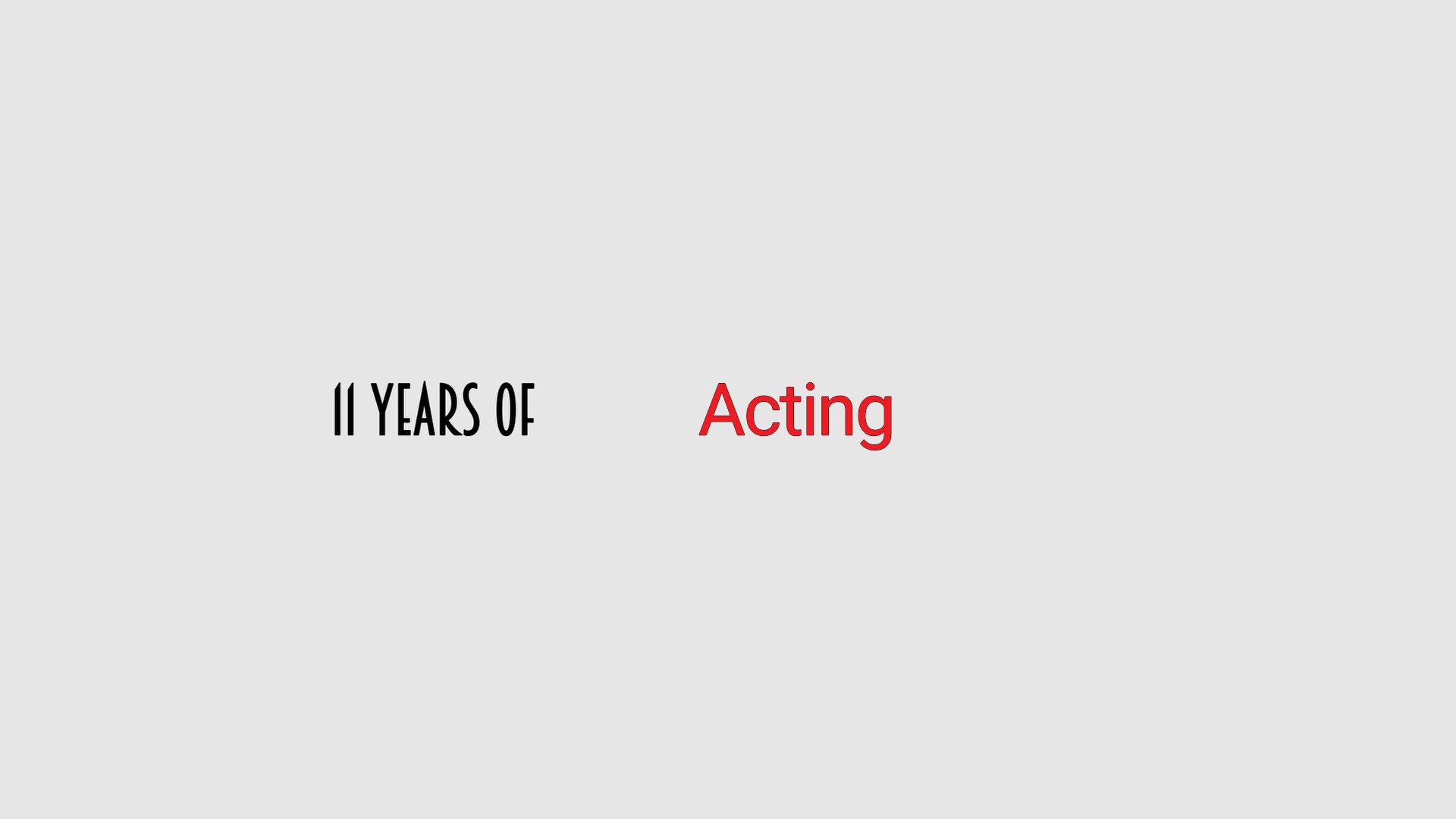Single-Camera vs. Multi-Camera: What's the Difference?
- Backstage Staff
- Nov 18, 2022
- 3 min read
Updated: Nov 28, 2022

Directors choose whether to capture TV shows using single-camera filming or multicamera filming. While single-camera shoots offer cinematic, character-focused footage, multicamera shoots require simpler setups and less complicated production time.
What is single-camera filming?
What is multicamera filming?
Single-camera vs. multicamera
How to act in single-camera vs. multicamera, according to actor Rebecca Metz
What is single-camera filming?
What’s in a name? In this case, everything. Single-camera filming is any production that captures scenes using one primary camera. (The title is a bit misleading, as the crew usually uses more than one camera across the entire production.)
What is multicamera filming?
Similarly, multicamera filming is shot using multiple cameras, usually capturing several angles of one set.
Single-camera vs. multicamera
When it comes to single-cam versus multicam, the primary differences are in the type of show, the filming process, and editing possibilities.
Type of show: The multicamera setup has historically been utilized for sitcoms filmed in front of a live audience, from “I Love Lucy” and “Seinfeld” all the way to modern comedies such as “The Big Bang Theory.” Talk shows and variety specials also often use multicamera filming.
Single-camera productions are anything aiming for a more cinematic style. On TV, these are primarily dramas such as “The Sopranos” and “Better Call Saul,” but more recent prestige dramedies such as “Barry” and “Atlanta” have normalized a single-camera look. Even a comedy such as “Ted Lasso,” backed by the high-scale streamer Apple TV+, opts for shooting single-camera.
Filming: Single-cam shoots may take more time to film, as different angles and varied shots require their own setup. Multicamera productions capture the subject without adjusting camera locations.
Editing: Video editors can usually edit single-cam videos faster than multicamera, since less footage means less work. However, multicamera shots can allow more variety and possibilities for video editors because of the increase in footage.
How to act in single-camera vs. multicamera, according to actor Rebecca Metz
Any actor who wants to work in television should have a feel for the difference between multicamera and single-cam. Multicamera has a particular style; it’s heightened and a little theatrical. Single-cam shows are all over the map, from the hyper-realism of “Shameless” to the high-concept, highly stylized “American Horror Story” to comedies that run from G-rated realism to raunchy and otherworldly. So how do you adapt to the style of the show you’re working on at the moment?
Watching a few episodes helps, of course, but that’s not always an option. And even if it is, there’s a difference between understanding a show’s style as an audience member versus as an actor. To do that, go back to your training, where you learned that it all starts with the script. Is the language lush and wordy or practical and sparse? Where does it fall on the comedy-versus-drama spectrum? Many shows aren’t simply one or the other anymore. What does the pace feel like? As you get familiar with the sides or script, pay attention to clues in the writing that can give you a feel for the right performance style.
Once you’ve booked the job, working on a multicamera show feels a little like workshopping a short play. You spend a few days rehearsing and doing run-throughs (guest actors may or may not be involved in rehearsals) as the writers keep refining the script. Then you spend one or more days shooting, sometimes in front of a live audience. Rehearsal and run-through days tend to be short, while shoot days can be longer. But in general, it’s an easier schedule than single-cam. In terms of prep, it’s important not to memorize too early so you can roll with the script changes. Shooting is mostly done on a proscenium, with four cameras (give or take) lined up in front of the set for each shot, like an audience watching a play. So if you have theater experience, those instincts—cheating out, holding for laughs, etc.—will serve you well in multicamera.
In single-cam, days are longer and things move quickly. There’s rarely time to rehearse, apart from showing the scene to the crew and giving the cameras a chance to walk through each shot. As an actor, you should show up fully memorized on everything you’re shooting that day and ready to deliver the same choices you made in the audition, unless directed otherwise. The cameras on single-cam shows (which often really use more than one camera) have much more freedom to move within the set. For actors, that means letting go of those proscenium instincts and working with the camera, sort of like a dance partner.
At the end of the day, your job is the same no matter which category the show falls under. Honor the script, listen to your fellow actors, and live each moment truthfully according to the circumstances of the story. If you do that, you’ll find yourself transitioning easily among different kinds of shows—and expanding your skill set (and credits) in the process.
Posted on: https://www.backstage.com/magazine/article/single-camera-vs-multi-camera-67160/







Comments